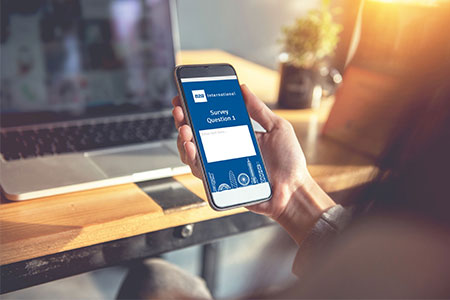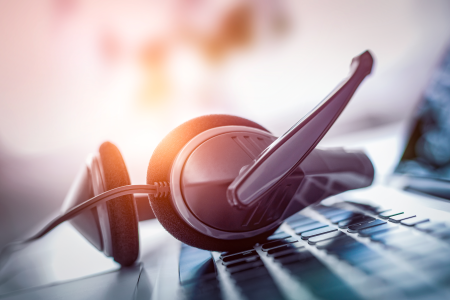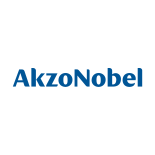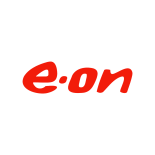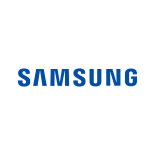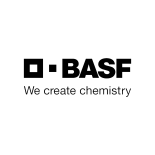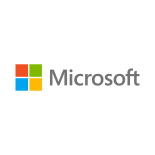Ethnography in market research is a qualitative method of data collection that comes from the field of anthropology. The method involves researchers directly observing participants using a product or service in their natural environment such as at home or in a store.
This direct observation provides rich detail and a more complete picture than a traditional focus group setting. B2B International has moderators on staff who are trained in conducting ethnographic market research.





